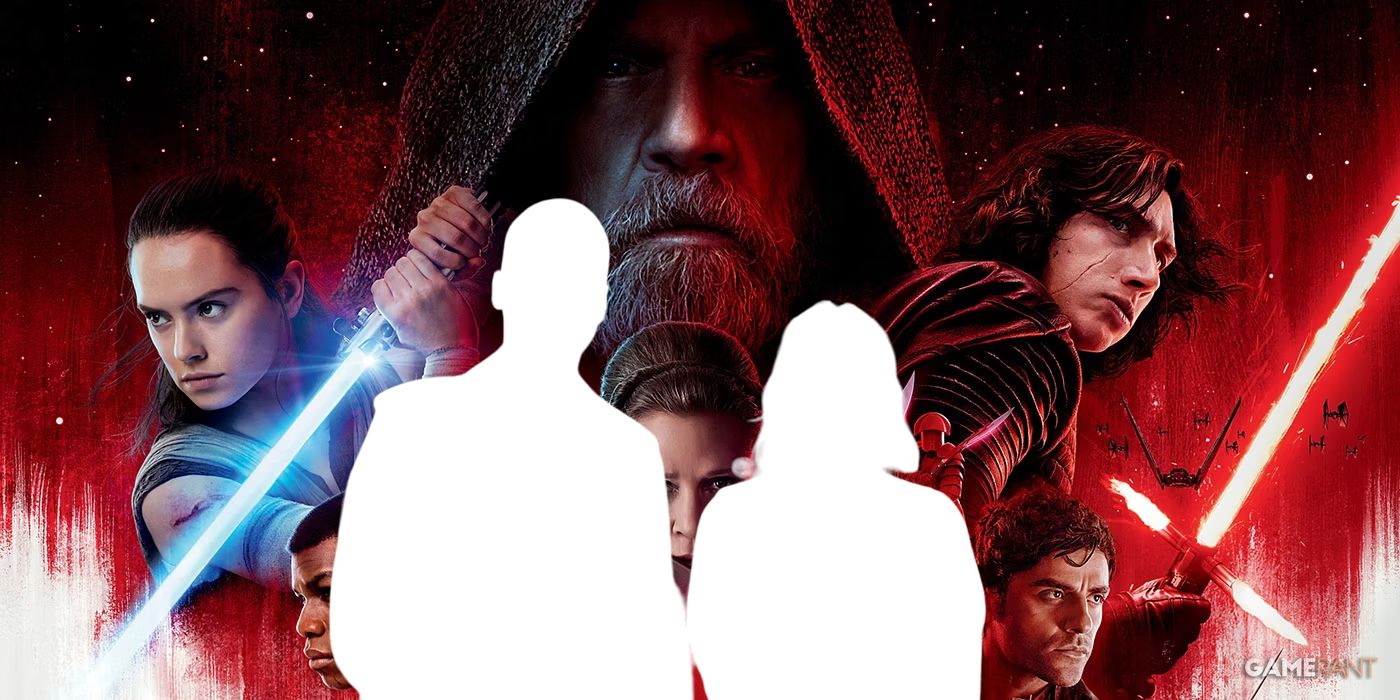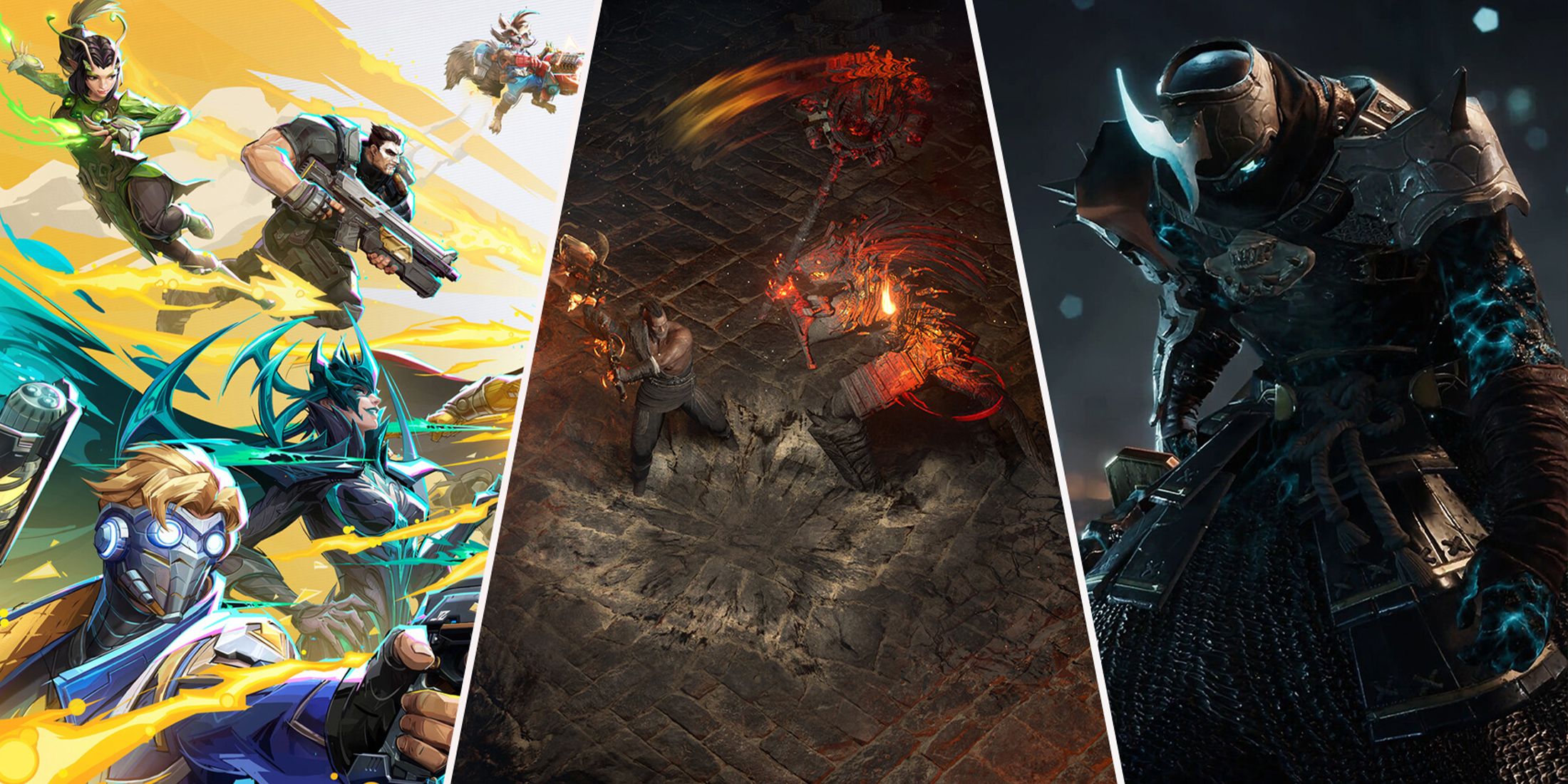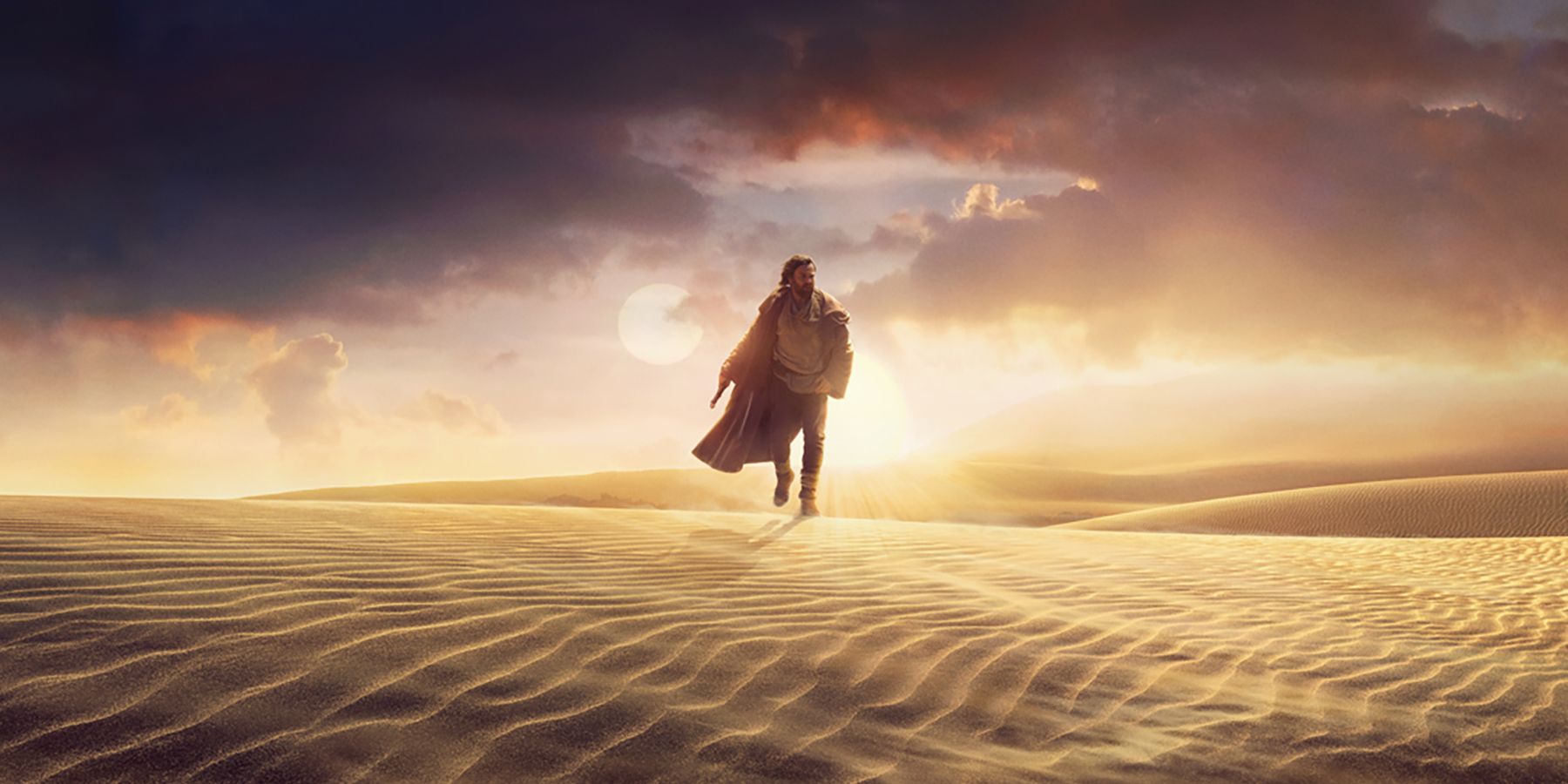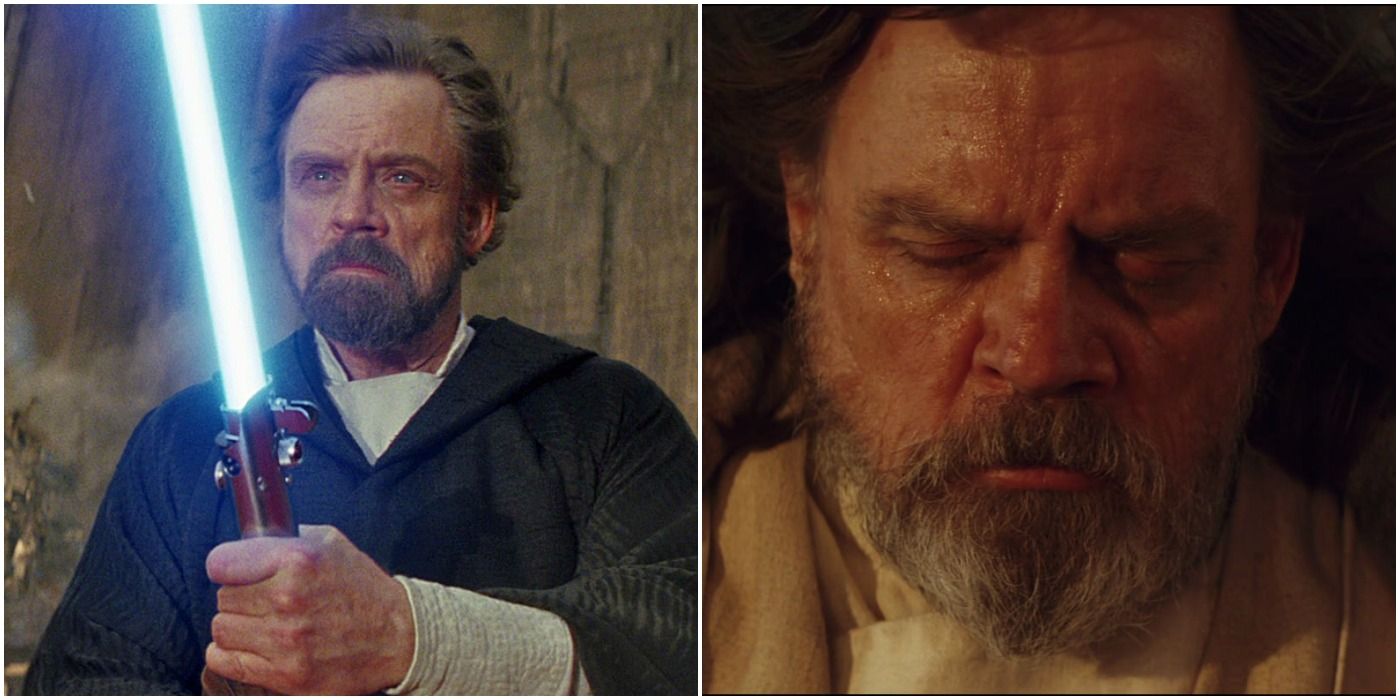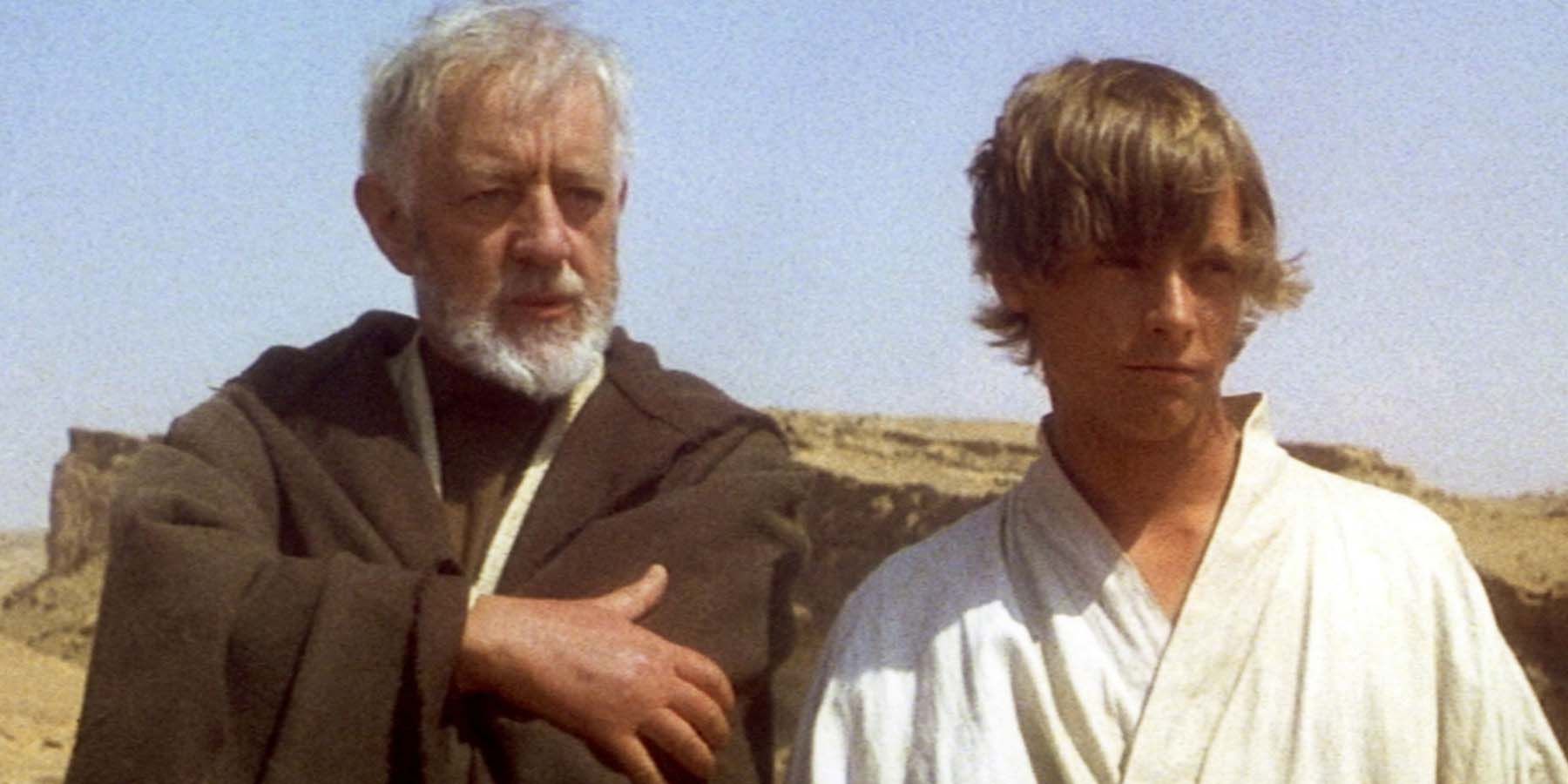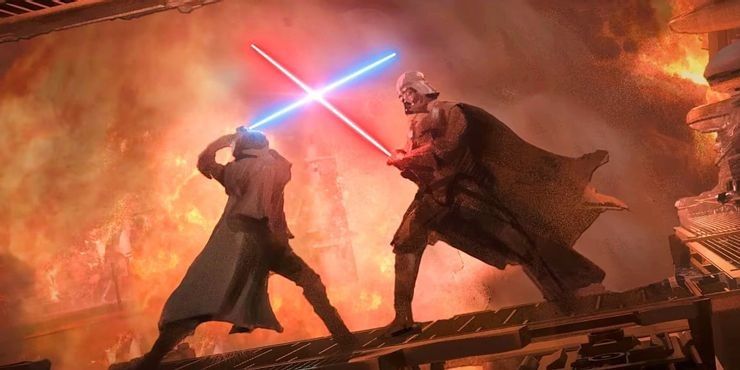Obi-Wan Kenobi is the next Star Wars Disney+ series coming later this year and is set to bring back Ewan McGregor and Hayden Christensen for the first time since Revenge of the Sith. Plot details are scarce, but the series, slated to release exactly 45 years to the day since A New Hope was released and Kenobi was seen by fans for the first time, is said to focus on Obi-Wan on Tatooine as he watches over Luke.
This is arguably the darkest time ever in the galaxy in Star Wars canon, with almost no Jedi around and the Empire looming large, with Obi-Wan having lost much of his hope and Darth Vader at his most villainous. Along with canon books and comics, it seems as if the darkness of this period might suggest that Obi-Wan could be about to have a defeated, dispirited and pessimistic Jedi arc, just as Luke did in The Last Jedi.
Luke’s journey in The Last Jedi was an incredibly bold decision by writer-director Rian Johnson, who opted to evolve the character from his optimistic and hopeful youth into someone very different in his older years. It was a decision that didn’t sit well with some fans, something that Johnson has since stated he knew was coming, and proves a controversial topic still to this day.
Luke shut himself off from the Force, hid away from the galaxy and left the Resistance to fend for themselves against the rising First Order. He cut all contact with his friends, Han, Chewie, R2-D2, and C-3PO, and even his sister, Leia. He disavowed the ways of the Jedi, stating that it was time for them to end, a line that ended the first teaser for the film and arguably should have been the thing that made it clear to fans that Luke was set to be a very different character in The Last Jedi. This idea is one that stems from the maker himself, George Lucas. In his original scripts for Episode VII, Lucas had Luke as a reluctant Jedi master to a young Force-sensitive woman, then named Kira. Lucas wanted Luke to be very different in the Sequel Trilogy, and he certainly was.
Perhaps the biggest display of Luke’s evolution was the flashbacks in The Last Jedi. These scenes showed Luke distrusting his own nephew, Ben Solo, and briefly deciding to destroy him to avoid another Darth Vader situation. Of course, in doing so, Luke simply created another Vader-like villain for the galaxy to deal with. This is perhaps the most controversial aspect of the film and the entire Sequel Trilogy, with many fans stating that Luke Skywalker simply wouldn’t do something as cold and detached as wanting to kill a Padawan, especially a member of his family. This was the Jedi that saw good in Darth Vader, so he should have been able to do the same with Ben Solo, many still argue.
Luke did evolve greatly in The Last Jedi, and wasn’t the same character by the end of the film that he was the beginning. By the end, he was dead, of course, but the Battle of Crait was perhaps the greatest showing of his heroism in the entire saga, and demonstrative of the fact that Luke embraced the ways of the Jedi once again. He stood up against Kylo Ren, essentially sacrificing himself for the survival of the Resistance, and in doing so atoned for his sins to help save the galaxy.
Luke’s arc in The Last Jedi is definitive proof that even the most optimistic heroes in the Star Wars franchise are capable of becoming despondent and hopeless, meaning that some of the other light side Force users could fall to the same fate. It might even have been the journey of one of Luke’s masters, Obi-Wan Kenobi.
As stated, in canon, Obi-Wan became quite hopeless in the years after Revenge of the Sith. He saw himself to blame for the downfall of Anakin, and thought that he didn’t do a good enough job in Skywalker’s training and should have protected him more from Palpatine and the evils of the Sith. In Legends, Obi-Wan even went to the grave of Anakin’s mother, Shmi, to apologize for failing her son.
More broadly, the remaining Jedi, including Obi-Wan, perhaps rightfully took the blame for Palpatine’s rise to power. They were unable to see his true intentions or that he was the evil Sith Lord they were looking for so long. They not only watched as he rose the political ranks on Coruscant but actually encouraged his career, even voting to give him emergency powers amidst the Clone Wars. They didn’t release what Palpatine was up to until it was far too late, and his plan to overthrow the Jedi was already in action.
Obi-Wan was said to have had all of this guilt with him at the time that his series is set. At the same time, his guilt is also due to Anakin specifically, as mentioned. What if he had trained Anakin better, and what would have been different had Qui-Gon been Skywalker’s master instead are all questions that Obi-Wan plausibly asked himself at this time, highlighting these feelings.
It seems a possibility, albeit relatively unlikely, that these feelings of guilt could have led Obi-Wan to move away from being a Jedi at this time. While canon has never stated that Kenobi did this or considered it, the darkness he clearly holds in this era and the fact that Star Wars already have Luke a similar journey means that it’s fully plausible that Obi-Wan had these dark feelings akin to Mark Hamill’s character in the sequels.
Even if the Obi-Wan Kenobi series doesn’t go quite as far as The Last Jedi, which certainly was committed in its approach to show Luke and his darkness, it seems relatively likely that the next Star Wars live action Disney+ series will highlight a darker version of Ewan McGregor’s character than what fans saw in the prequels or the Original Trilogy. It makes sense, too, as Obi-Wan is living on a planet with nothing but sand and the criminal underworld, in galaxy ran by the Empire and with few Jedi left. All the while, his former apprentice rules with an iron grip under his Sith name.
Obi-Wan surely felt the weight of the death of most of the Jedi on his shoulders at this time too. All of his friends, fellow Jedi and keepers of the peace, all either dead or in hiding. For Kenobi, he wouldn’t even know if they were alive or dead, a frightening thought of not knowing that could contribute to his grief and guilt. It seems likely that, in his situation, Obi-Wan assumed that most, if not all, the Jedi he knew and worked with had died, especially given that he was aware of Order 66 and the purge.
Still, as the Original Trilogy and other projects around that time, such as Star Wars Rebels, highlight, Obi-Wan was committed to his mission to protect Luke, believing him to be the chosen one. This differs from Luke, who completely abandoned the Jedi way and his mission as he fled to isolate himself on Ahch-To. While Obi-Wan might not do anything as drastic as cutting himself off from the Force as Luke did, he will almost certainly be scarred from the events of Revenge of the Sith and the Prequel Trilogy more broadly, and will express the guilt that other canon materials show him to have.

